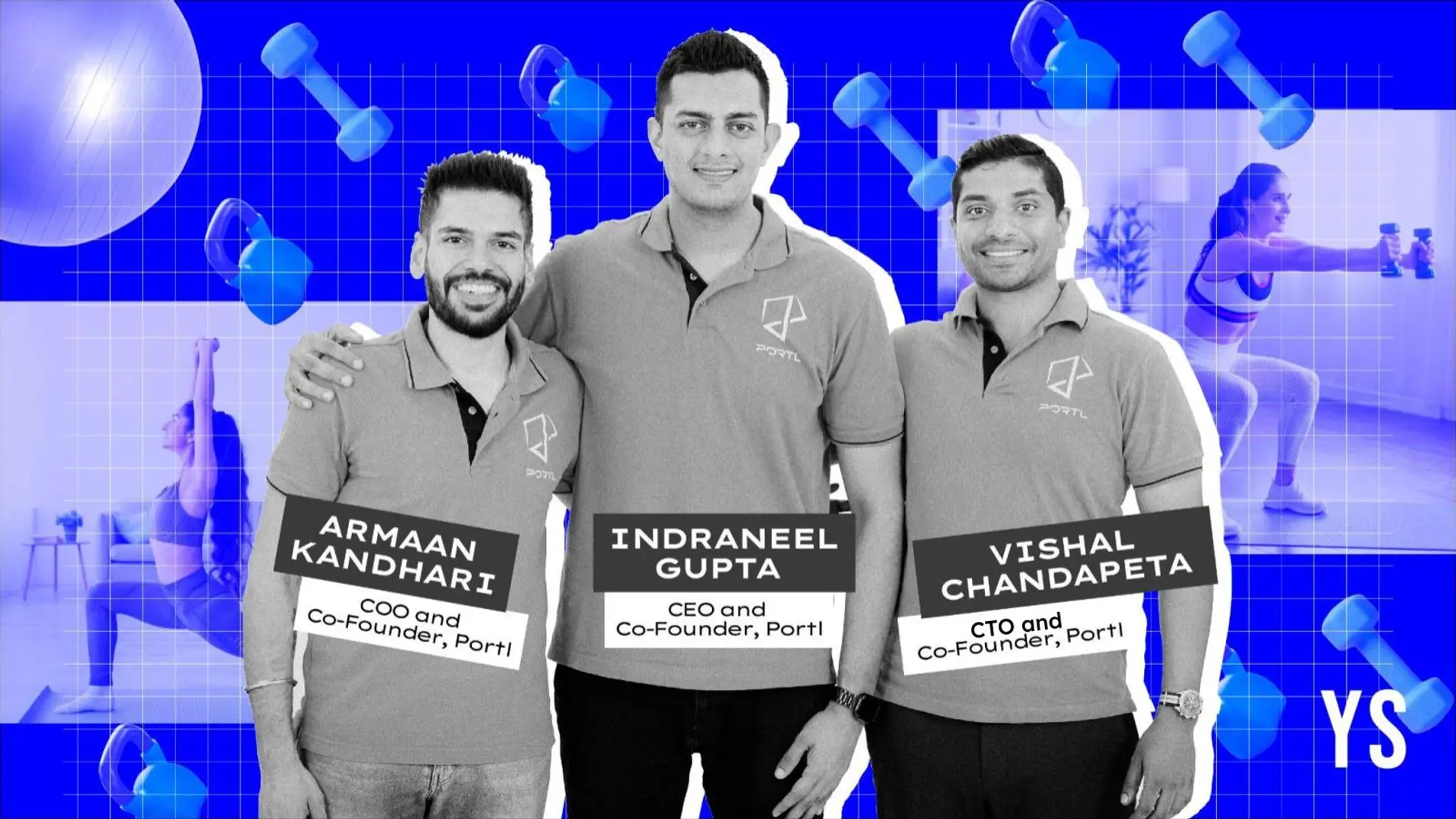How virtual reality is reshaping the future of industrial product design
Let’s understand how VR is changing industrial product layout and its growing properties of productivity, safety, and accuracy.
Virtual reality (VR) is a game-changing invention in the field of commercial product design. This technology isn’t just about immersive gaming experiences, it’s also dramatically changing the way professionals explore and enhance their capabilities.
Let’s take a look at how VR has become the need of the hour–how it is changing industrial product layout and its growing properties of productivity, safety, and accuracy.
How VR transforms industrial product design
Imagine stepping into a virtual world where you can design and test products without touching a single tool. That’s the power of VR in industrial product design. VR isn’t just for gaming anymore, it’s revolutionising how professionals work.
Think about it. Instead of a real factory floor, workers can practise in a virtual one. They can learn faster and better without any danger. Plus, designers can create products with customers in mind by obtaining feedback through VR.
Here’s the best part: VR breaks down barriers. Designers from all over the world can collaborate seamlessly. They can explore new ideas freely, making products more creative and efficient than ever before. With VR, precision is top-notch. Designers can spot even the tiniest errors and fix them easily. And since it’s all virtual, there’s no wasting time or resources.
In short, VR is changing the game for industrial design. It’s making processes and tasks safer, more precise, and incredibly innovative. So, get ready because the future of product design is here, and it’s virtual!
Effectiveness of lifelike simulations
Consider being transported to a virtual manufacturing floor wherein you may interact with machines and equipment in a safe setting. Workers can accomplish exactly that by using virtual reality. They may practise activities and workflows using lifelike simulations, acquiring significant expertise without the need for actual prototypes or exposing themselves to safety risks.
This hands-on method speeds up the learning process, allowing workers to master new skills faster than ever before.
Customer-centric design
Addressing client requests is more important than ever before. VR enables designers to take a customer-centric approach to product creation, gathering input and iterating on concepts in real-time.
Companies may gain significant information from consumers by immersing them in virtual prototypes and uncovering preferences and pain spots before finalising designs.
This recurrent feedback loop guarantees that goods are matched to end users’ requirements and expectations, resulting in increased customer satisfaction and brand loyalty.
VR is revolutionising traditional approaches, offering immersive and collaborative design experiences. Imagine an automotive manufacturer using VR to create and refine vehicle prototypes in a virtual environment. Designers can interact with lifelike 3D models, explore different configurations, and simulate real-world scenarios, all without the need for physical prototypes.
This not only accelerates the design process but also reduces costs associated with prototyping and testing.
Moreover, VR facilitates seamless collaboration among global teams, enabling real-time feedback and iteration. By harnessing the power of VR, industries can innovate faster, create more refined products, and ultimately deliver exceptional experiences to customers.
Global collaboration
In today’s linked world, teamwork has no bounds. VR removes geographical restrictions and allows designers from all over the world to collaborate on projects.
Whether it’s brainstorming, design critiques, or problem-solving-related design, VR enables real-time conversation and collaboration, increasing productivity and reducing time to market. Companies may produce products that appeal to global customers by using the pooled experience of varied teams.
Unlocking creativity
VR is more than just a tool for duplication; it’s also a canvas for creation. Designers may experiment with bold concepts and push the boundaries without being limited by physical restrictions. They can visualise concepts in real time by immersing themselves in virtual settings; this allows them to explore forms, colours, and materials like never before.
This creative freedom not only sparks invention but also develops a culture of exploration and cooperation among design teams.
Enhancing efficiency
In traditional production processes, trial and error may be time consuming and expensive. However, VR simplifies this process by offering a platform for experimenting with no real-world implications.
Designers may iterate on prototypes virtually, making changes on the fly and immediately observing the effect on performance and functionality. This iterative technique not only saves time but also results in refined designs, eventually improving product development efficiency.
Precision and accuracy
In the world of product design, accuracy is essential. Every millimetre matters, and even tiny mistakes may have serious implications. VR enables designers to attain unprecedented levels of precision by allowing them to see and modify digital models in a three-dimensional space.
Whether designers are fine-tuning delicate components or analysing ergonomic considerations, virtual reality allows them to make confident conclusions. What is the end result? Products that adhere to exact specifications and exceed client expectations.
Ultimately, as VR technology advances, its impact on industrial product design will only increase. Companies worldwide–from car manufacturers to small-scale industries–are embracing virtual reality as a tool for innovation and boom. They are reimagining how things are conceptualised, created, and brought to market by harnessing the power of real-looking simulations.
In this fast-changing world, one thing is certain: VR is redefining the destiny of industrial product design, bringing a new generation of innovation, efficiency, and great things.
Edited by Swetha Kannan
(Disclaimer: The views and opinions expressed in this article are those of the author and do not necessarily reflect the views of YourStory.)







